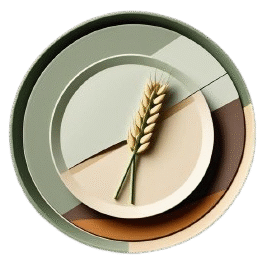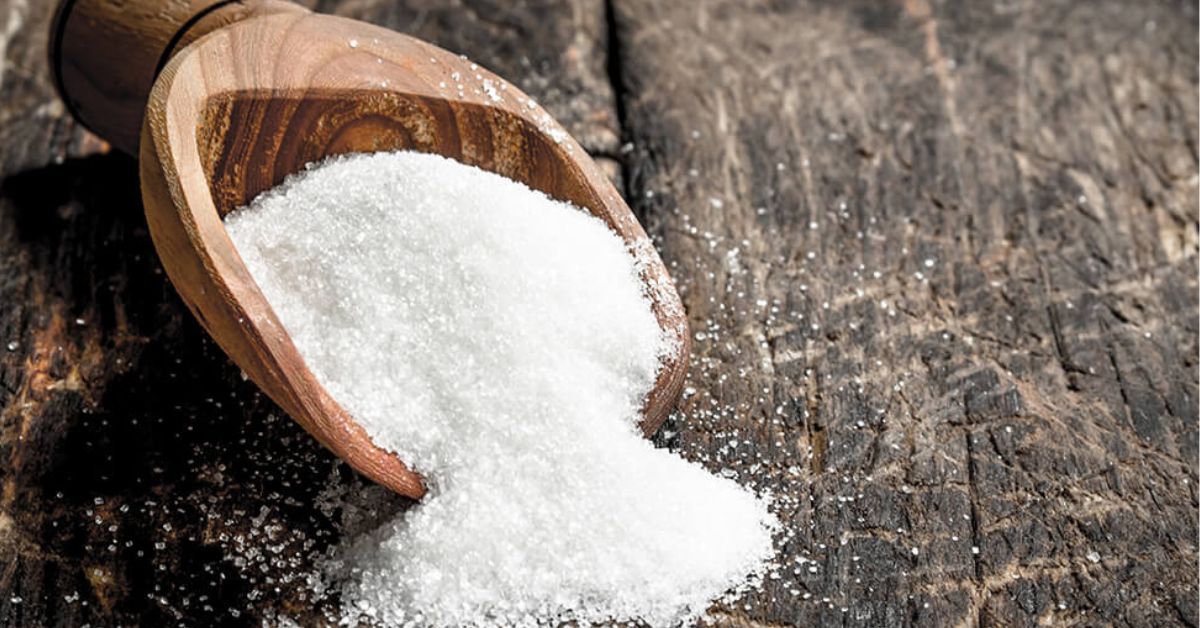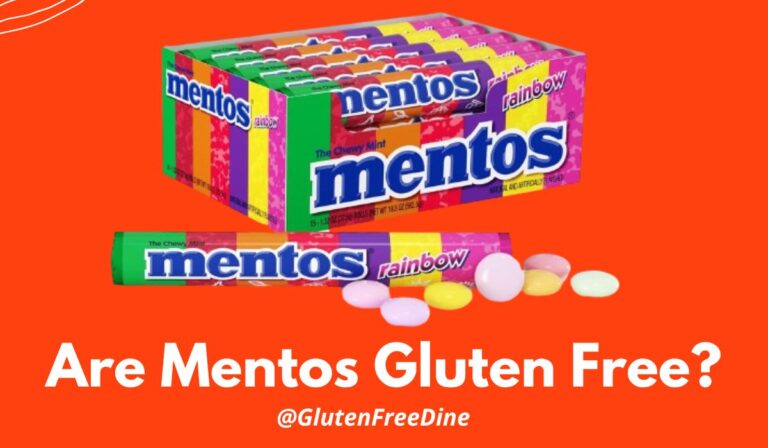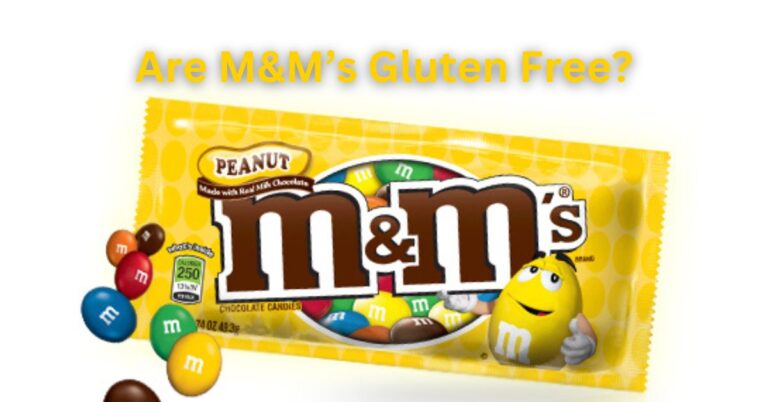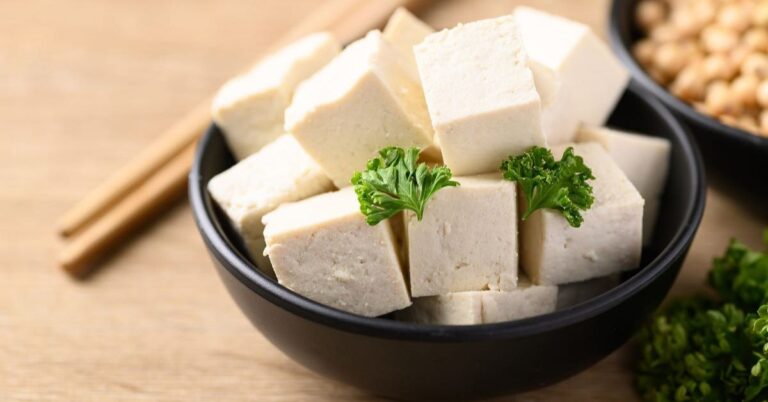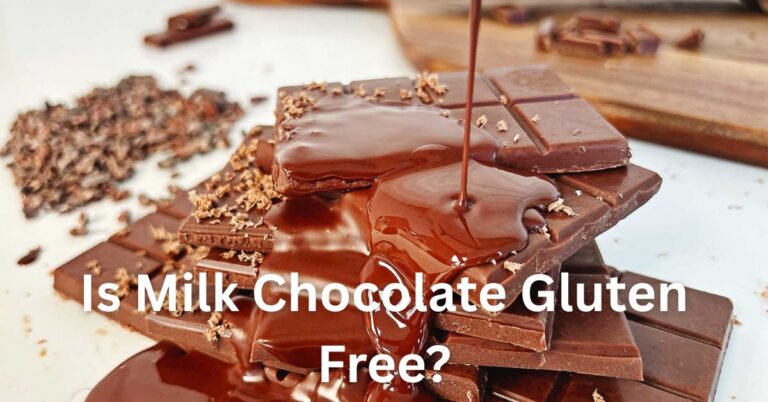Is Maltodextrin Gluten Free? Facts You Need To Know
Is Maltodextrin Gluten Free? Yes, maltodextrin is gluten free. It is a white powder used in food industries and it is made from some specific cereals.
As maltodextrin is gluten free so it can be used in a gluten free diet and it is completely safe for celiacs.
In this article, we’ll address all of your queries regarding the gluten status of Maltodextrin and if it is safe for people with celiacs disease. So keep reading to learn more!
Table of Contents
What is Maltodextrin and How is it Made?
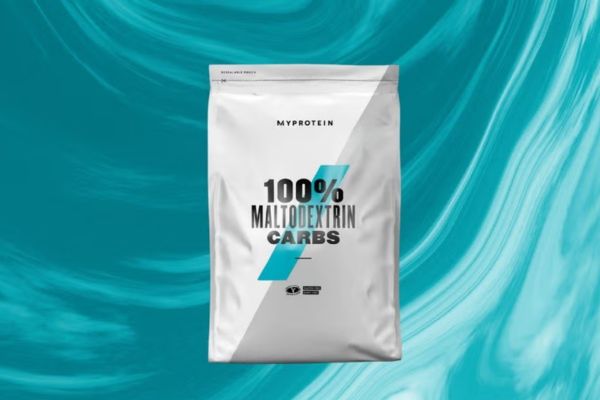
Maltodextrin is a white powder used in food industries. It is a starchy white powder made from corn, rice, potato starch, tapioca or wheat. Basically it is used in foods as a filler (to increase the volume of a food). There are many other uses of maltodextrin such as it is used as a sweetener and as a preservative.
Now the question is how maltodextrin is made? So for making maltodextrin a quick bit of processing is required.
First, starch from the plant source is cooked, then acids and enzymes are added to further refine and breakdown the mixture. The final result is a white powder which is used in food industries as a texture agent and it supports nutrition as a source of rapid carbohydrate intake.
Is Maltodextrin Gluten Free?
Yes, maltodextrin is completely gluten free and you can enjoy it while on a gluten free diet. You might be thinking that since Maltodextrin comes from wheat so how it can be gluten free.
Actually Maltodextrin is typically gluten free even when derived from wheat due to the nature of its processing. Maltodextrin is made through enzymatic hydrolysis using water, enzymes and acids to break down the starch in the source vegetable or grain.
The resulting product is a white powder made up of chains of sugar molecules and no gluten proteins, even when derived from gluten-containing grains.
You might find maltodextrin in instant puddings and gelatin desserts, sauces, salad dressings, canned fruits and powdered drinks. It is generally considered safe for both those with celiac disease and non-celiac gluten sensitivity.
Remember, while most experts agree that maltodextrin is gluten-free, especially when sourced from non-gluten grains, it’s always smart to check labels and consider how your body reacts, especially if you have very sensitive gluten intolerance.
Are Malt, Maltose and Maltodextrine Same?
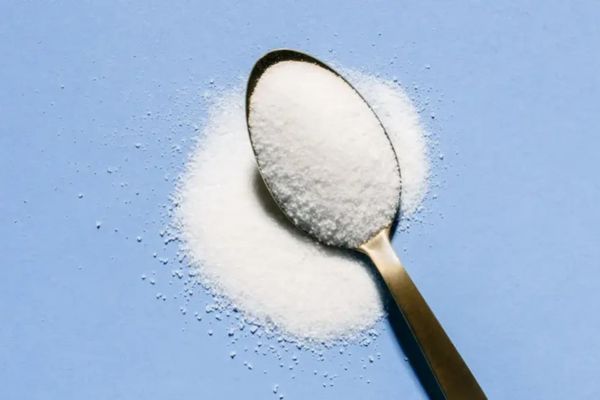
The malt, maltose and maltodextrin are three different things. Malt usually comes from barley and barley is not a gluten free grain. If you see malt in the ingredient list it means the product is not gluten free.
But both maltose and maltodextrin are gluten free. Maltose is a type of sugar and maltodextrin is a powder from starches like corn, rice or potato and wheat. When wheat is used, the intense processing breaks down the gluten so Maltodextrine is usually safe.
Maltodextrin is used as a thickener, flavor enhancer or a filler that can be derived from a variety of starches from vegetables. And you can use maltose and maltodextrin in your gluten free diet.
Risk Of Cross Contamination in Maltodextrine
As we already discussed, Maltodextrine is gluten free, but there is still a little risk that when factories process both gluten and gluten-free products, they can pose a risk. Even with careful cleaning, tiny amounts of gluten might transfer. This is called cross-contamination.
If maltodextrin is made in a shared facility, there’s a chance of trace gluten. Look for certified “gluten-free” labels to minimize this risk. Since Maltodoxtrin is processed on a shared facility and chances of cross contamination are high, so if you’re very sensitive to gluten, you can contact the manufacturer to ensure there is no chance of cross contamination.
Some Gluten Free Foods that Contains Maltodextrin
Finding gluten-free foods can be tricky. There are some gluten free foods that contain maltodextrin in them.
- Gluten-Free Cereals: Many gluten-free cereals use maltodextrin to improve texture and sweetness.
- Packaged Gluten-Free Snacks: Crackers, chips, and other snacks often contain maltodextrin as a filler or thickener.
- Gluten-Free Baking Mixes: These mixes frequently include maltodextrin to enhance texture and structure.
- Gluten-Free Sauces and Dressings: Maltodextrin can thicken sauces and dressings, giving them a smoother consistency.
- Gluten-Free Protein Powders and Supplements: Some protein powders and supplements use maltodextrin as a carbohydrate source.
- Certain Gluten-Removed Beers: Some beers that are labeled “gluten removed” use enzymes to break down the gluten, and may also contain maltodextrin.
Side Effects of Excessive Use of Maltodextrin
As maltodextrin is gluten free, it does not mean that you can excessively use it in your regular diet, because too much use of maltodextrin can cause health problems. It can raise blood sugar in your body, which is not good for diabetes. It may also hurt gut health and weaken your immune system. Take it in small amounts, as too much is not good for you.
- Diabetes
Maltodextrin may raise blood sugar because it has a higher glycemic index than table sugar, so it can make it hard to manage for the people. So always try to take the normal amount.
- May Cause Digestive Problem
Taking a lot of maltodextrin can also disturb your digestive system; it may disrupt gut bacteria, favoring harmful strains and causing bloating, gas, and cramps.
- Effect Immune System
Studies suggest that excessive use of maltodextrin might weaken your immune system by changing your gut bacteria.It may suppress the growth of probiotics , which are important for the immune system. Maltodextrin can hurt your good gut bacteria.
- Autoimmune Disorder
When we take large amounts of maltodextrin in our daily diet then it might worsen autoimmune diseases like Crohn’s and it also can upset your gut’s bacteria, which might cause or worsen autoimmune problems.
Conclusions
Here are the final results of our query. Is maltodextrin gluten-free? For the vast majority, yes, due to the processing that removes most of the gluten from wheat. However, the risk of cross-contamination in manufacturing exists, so always check labels, particularly if you’re highly sensitive to gluten. While generally considered safe, excessive consumption of maltodextrin may lead to digestive issues or blood sugar spikes, so moderation is key for overall health.
Frequently Asked Questions
Q. Is maltodextrin safe for celiacs?
Ans. Generally, yes it is completely safe for celiacs and can be taken in a gluten free diet, but always check labels due to potential cross-contamination.
Q. What are some hidden gluten ingredients?
Ans. Malt, brewer’s yeast, and some modified food starches can contain hidden gluten.
Q. Is maltodextrin safe for a normal person?
Ans. Yes maltodextrin is safe but you should still be conscious about your health because excessive consumption of maltodextrin may cause digestive issues or blood sugar spikes.
Q. What is wheat maltodextrin?
Ans. It’s maltodextrin derived from wheat, while it is gluten free but you must check the labels to make sure, especially when you are extremely sensitive to gluten.
You can also read;
Are Lifesave Gummies Gluten Free?
